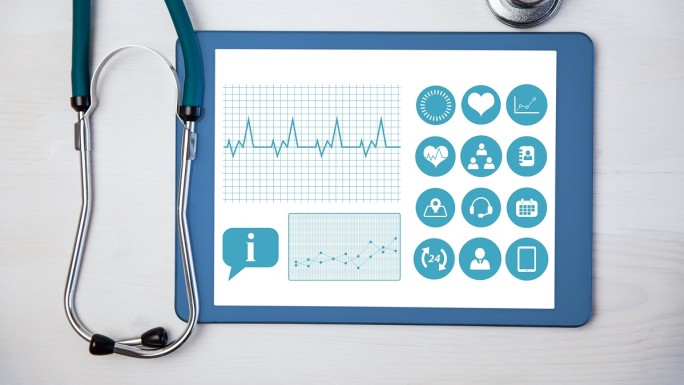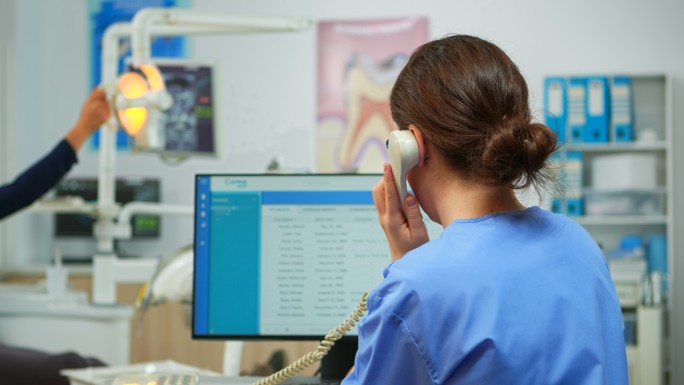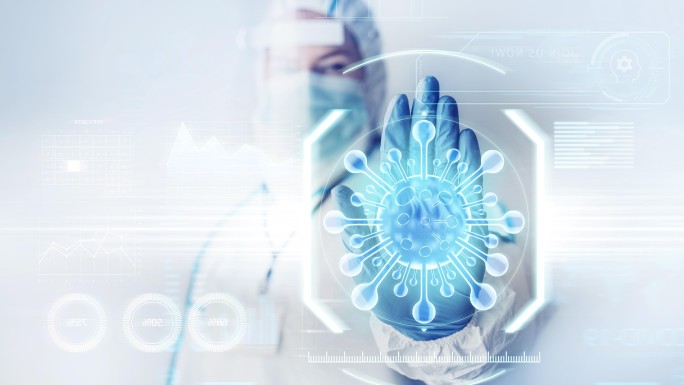Meal management system: Definition, Benefits and Functions
In healthcare delivery, proper nutrition is one of the most important factors that influences patient outcomes. Patient dietary services are always complex, each patient needs a different diet and that makes the need for a personalized meal. A meal management system or application might be the answer to this requirement.
This article aims to unravel the essential elements proving that meal management systems are able to become a helpful and necessary technology in the modern healthcare ecosystem.
What is a meal management system?
A meal management system is a digital solution designed to facilitate the planning, tracking, and organization of meals for individuals or groups. This system typically leverages technology, often in the form of software applications or platforms, to streamline various aspects of meal-related activities, including planning, grocery shopping, preparation, and nutritional tracking. The primary goal is to make the process of managing meals more efficient, convenient, and, in some cases, healthier.

Benefits of meal management system in healthcare
The implementation of a meal management system in healthcare settings brings about several benefits that contribute to improved patient care, operational efficiency, and overall satisfaction. Here are the key advantages of using a meal management system in healthcare:
Personalized Nutrition
Meal management systems enable the creation of personalized meal plans based on patient's specific nutritional needs, dietary restrictions, and medical conditions. This ensures that each patient receives meals tailored to their individual requirements.
Increased patient satisfaction
By allowing patients to actively participate in meal planning through electronic ordering systems or mobile apps, meal management systems enhance patient autonomy and satisfaction. Patients can choose meals that align with their preferences, contributing to a positive overall experience.
Improved dietary compliance
Automated dietary software assists healthcare providers in ensuring that patients adhere to prescribed dietary regimens. This is particularly beneficial for individuals with chronic conditions, allergies, or specific dietary restrictions.
Enhanced efficiency for dietary staff
Meal management systems streamline the workflow of dietary staff by automating processes such as meal planning, ordering, and production. This efficiency allows staff to focus on delivering high-quality, nutritionally sound meals to patients.
Reduced errors in meal delivery
Technologies like RFID for tray tracking help minimize errors in meal delivery by providing real-time visibility into the movement of meal trays from the kitchen to the patient's bedside. This reduces the risk of delivering the wrong meals to patients.
Optimized kitchen operations
Inventory and meal production systems, along with smart kitchen equipment, contribute to the optimization of kitchen operations. This includes forecasting meal demand, minimizing food waste, and ensuring consistent food quality.
Allergen management and safety
Meal management systems with allergen management features help prevent allergic reactions by accurately tracking and communicating information about allergens in meals. This ensures patient safety, especially for those with food allergies or sensitivities.
Remote nutritional consultations
Telehealth platforms integrated into meal management systems facilitate remote nutritional consultations. This enables dietitians and nutritionists to provide guidance and support to patients, even in virtual settings.
Efficient use of resources
By automating various aspects of meal management, healthcare facilities can optimize resource utilization. This includes reducing food waste, minimizing manual errors, and ensuring that dietary staff's time is utilized effectively.
Users of the meal management system
A meal management system in healthcare involves various users who play distinct roles in ensuring efficient meal planning, preparation, and delivery. Here are the primary users of a meal management system.
Dietary services staff
Dietary services staff, including dietitians, nutritionists, chefs, and kitchen staff, are central users. They use the system to plan and prepare individualized and nutritionally appropriate meals based on patient's needs and preferences.
Patients
Patients are active users of meal management systems, especially if there are features like electronic meal ordering systems or mobile apps. They use the system to select meals based on their preferences, dietary restrictions, and prescribed nutritional plans.
Patients' families or caregivers
In cases where family members or caregivers are involved in the meal planning process, they may use the system to communicate preferences, provide input on dietary restrictions, or stay informed about the nutritional aspects of patient care.
Healthcare providers
Physicians, nurses, and other healthcare providers use the meal management system to communicate dietary recommendations and collaborate with dietary services. Integration with electronic health records (EHR) ensures that dietary plans align with overall patient care plans.
Food service managers
Food service managers are responsible for overseeing the operational aspects of meal preparation and delivery. They use the system to optimize kitchen operations, manage inventory, and ensure the efficient use of resources.
Basic functions of a meal management system

A meal management system in healthcare serves various functions to streamline the planning, preparation, and delivery of meals to patients. The basic functions of a meal management system include:
Patient dietary assessment
Conducting an assessment of patients' dietary needs, taking into account factors such as medical conditions, allergies, dietary restrictions, and nutritional requirements.
Meal planning and customization
Facilitating the creation of individualized meal plans based on patient preferences, dietary requirements, and prescribed nutritional guidelines. Allows customization to meet specific dietary needs.
Online meal ordering
Enabling patients to online order meals using bedside terminals, mobile apps, or other user-friendly interfaces. Supports real-time communication of meal preferences.
Allergen management
Managing information about allergens present in various foods to prevent allergic reactions. Alert dietary services staff about potential allergens in meals for patients with allergies or sensitivities.
Nutritional analysis
Analyzing the nutritional content of meals, providing information on calorie counts, macronutrient distribution, and other nutritional components. Ensuring meals align with prescribed nutritional goals.
Integration with Electronic Health Records (EHR)
Integrating seamlessly with EHR systems to access and update patient information, ensuring that dietary plans align with overall patient care plans and medical records.
Inventory management
Managing food inventory by tracking available ingredients, expiration dates, and quantities. Optimizing inventory levels to minimize waste and ensure that ingredients are readily available for meal preparation.
Automated meal production
Automating aspects of meal production, including recipe scaling, portion control, and kitchen workflow. Enhancing efficiency in meal preparation while maintaining consistent food quality.
Patient education portals
Providing patients with educational resources related to their dietary plans, nutritional information, and general health tips. Empowering patients with the knowledge to make informed choices.
Reporting and analytics
Generating reports and analytics on various aspects of meal management, including patient satisfaction, nutritional compliance, inventory levels, and overall system performance.
Communication
Facilitating communication among different users, including dietary services staff, healthcare providers, and patients. Enhancing coordination to ensure that meals align with prescribed care plans.
Mobile applications for patient engagement
Engaging patients through mobile applications, allowing them to access meal-related information, receive notifications, and actively participate in their meal planning.
Quality assurance checks
Implementing quality assurance checks to monitor the quality and safety of meals. Ensuring adherence to food safety protocols and regulatory standards.
Billing and financial tracking
Tracking costs associated with dietary services, managing billing processes, and ensuring financial compliance. Providing insights into the financial aspects of meal management.
Conclusion
We can see how a meal management system not only ensures the delivery of customized and nourishing meals but also elevates the overall patient experience. All the complexity of dietary planning, such as allergen management or nutritional analysis, now can be handled by digital and online innovation. It is clear that meal management systems are not just temporary innovations; many more applications of these systems are used in a variety of fields.
By implementing a seamless meal management system, we can contribute to the holistic well-being of individuals under medical care, embodying a fusion of innovation, efficiency, and a commitment to patient-centric nourishment.









